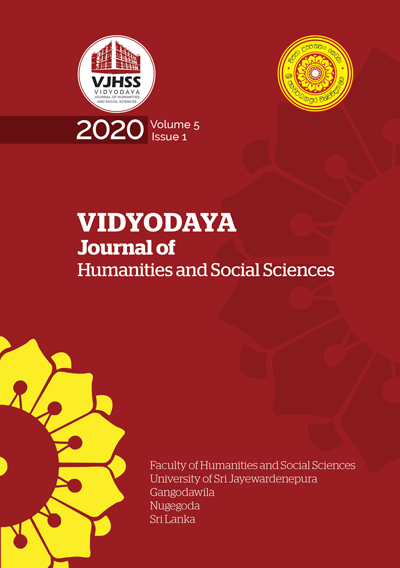Solid Waste Disposal and Management Practices at Kinniya Urban Council, Trincomalee
Abstract
Solid waste disposal is not only a serious problem in the capital city of Colombo but also in other urban areas like Kinniya. Study area is facing enormous environmental problems such as a musty smell in the air and spreading of dengue diseases etc. The prime objectives of the study are to find the sources of solid waste generation, to measure the quantity, categorize the types of waste composition. To achieve these goals primary and secondary data were used. For household survey 212 families were selected from 17 Grama Niladhari divisions using stratified random sampling method and daily wastes were measured from all selected households for a period of one month. Further, 79 samples were randomly selected from commercial centers and institutions. Collected data were analyzed using mixed method. The linear regression model was applied to study the relationship between population and waste generation. The spatial maps were prepared by using Arc GIS 10.4 software. The average quantity of daily waste of study area is 27396Kg, Out of these, 67% of waste was generated by the households, 30% by commercial centers, industries and remaining others. A high positive relationship is observed between population growth and waste generation (r2=0.9769). The results of the types of waste show that about 60% of the waste is biodegradable. Plastic (9%), polythene (7%) and papers (6%), cloths (1%), glass (0.7%) and metal (0.6%) are comparatively less. Perhaps importantly about 52% of waste not collected due to inability. Neither the availability of suitable dumping sites nor proper treatment process are the causes for waste accumulation and environmental degradation.



